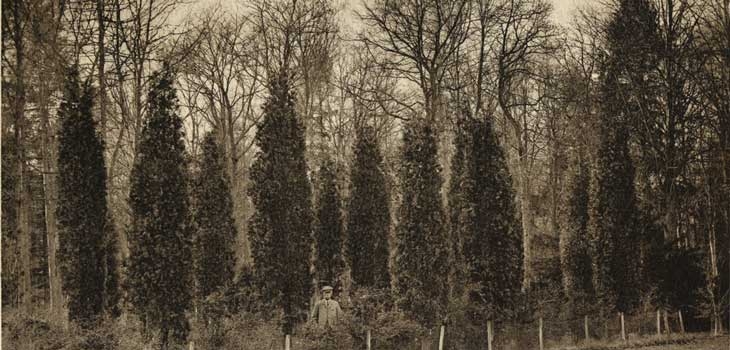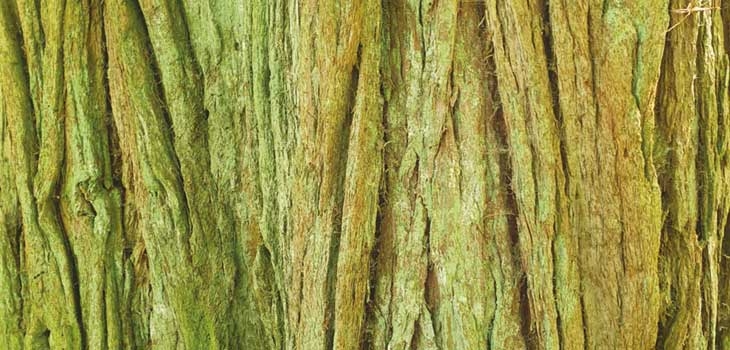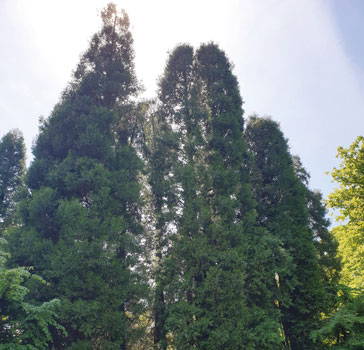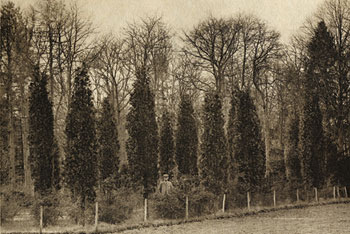Winter highlight: Incense cedar
Our December tree of the month is the Incense cedar (Calocedrus decurrens), one of the most fire and drought-tolerant plants from California.
Origin
This species is native to western North America and grows at altitudes of 50-2,900 metres. Introduced to Britain in 1853 it tends to grow in large parks, gardens and by roads. It’s not a ‘true’ cedar tree like Cedar of Lebanon, Deodar and Atlas Cedar, however, it gets its name from having wood that smells like ‘true’ cedar wood.

Appearance
The Incense cedar is an evergreen conifer with flaking bark. Look closely at the bark, which is twisted and fissured, and you can see colours ranging from green to red and pink.
The leaves are glossy green and generate an aromatic scent when crushed. This species can reach heights of 12 metres over 20-50 years.

Fun fact: The Incense cedar is usually host to a parasitic plant, incense cedar mistletoe, which can often be found hanging from its branches.
At Westonbirt
The tall, columnar shape of this tree make this one of Westonbirt’s icons. The group planted by Sir George Holford (in Holford Ride) around 1910 is one of our most photographed backdrops and neatly shows the impact of planting trees as clumps rather than individuals.


Our oldest specimen is on Mitchell Drive and was planted around 1860, next to an equally old and fine Oriental plane.
